Your safety matters every time you use a log splitter. Even a quick job can turn dangerous if you ignore simple precautions. Recently, about 26,000 log splitters in the United States and 2,100 in Canada faced recalls due to faulty control handles that could cause the splitting wedge to move unexpectedly. That’s a big risk, especially with powerful machines like a 14 Ton Electric Log Splitter or a 25 Ton Gas Log Splitter. The right gear and smart habits help you avoid most injuries. You can master safe log splitter use with a little practice and the right mindset.
Key Takeaways
-
Always wear proper safety gear like gloves, safety glasses, and steel-toed boots to protect yourself from injuries.
-
Read the user manual carefully before using your log splitter to understand how to operate it safely and avoid mistakes.
-
Keep your work area clean, flat, and free of clutter to prevent accidents and ensure stable machine operation.
-
Use the log splitter correctly by placing one log at a time, keeping hands away from moving parts, and never rushing the job.
-
Perform regular maintenance checks and store your log splitter safely to keep it working well and avoid breakdowns.
Know Your Log Splitter
Types of Log Splitters
You have a lot of choices when it comes to picking a log splitter. Each type works best for different jobs and users. Here’s a quick look at the most common types:
|
Log Splitter Type |
What Makes It Unique |
|---|---|
|
Electric log splitters |
Quiet, easy to use, great for home use, and need a power outlet. |
|
Strong, mobile, and perfect for big logs or outdoor work. |
|
|
Hydraulic log splitters |
Use hydraulic pressure for powerful splitting, but can be noisy and heavy. |
|
Manual log splitters |
Simple, no engine or motor, good for small jobs and easy to move. |
|
Kinetic log splitters |
Use flywheels for super-fast splitting, great for speed and efficiency. |
You might also see vertical and horizontal models. Vertical splitters handle bigger logs, while horizontal ones fit smaller spaces. Most homeowners pick a log splitter with less than 15 tons of force for regular firewood.
Key Parts
Every log splitter has a few main parts you should know. These parts help you use the machine safely and get the job done right:
-
Engine or Motor: Powers the log splitter. Electric log splitters plug in, while gas-powered log splitters use fuel.
-
Hydraulic Pump: Moves oil to create pressure in hydraulic log splitters.
-
Cylinder: Pushes the log into the wedge.
-
Wedge: Splits the wood.
-
Control Lever: Lets you start and stop the splitting action.
-
Safety Features: Look for two-hand controls, non-slip grips, and emergency stops.
Tip: Always check for safety features before you use any log splitter. They help prevent accidents.
User Manual
Don’t skip the user manual! It tells you how to set up, use, and care for your log splitter. The manual explains the right way to position logs, use the controls, and handle jams. You’ll also find tips for safe operation and what to do if something goes wrong. Reading the manual helps you avoid mistakes and keeps your log splitter running smoothly.
Safety Gear and Precautions
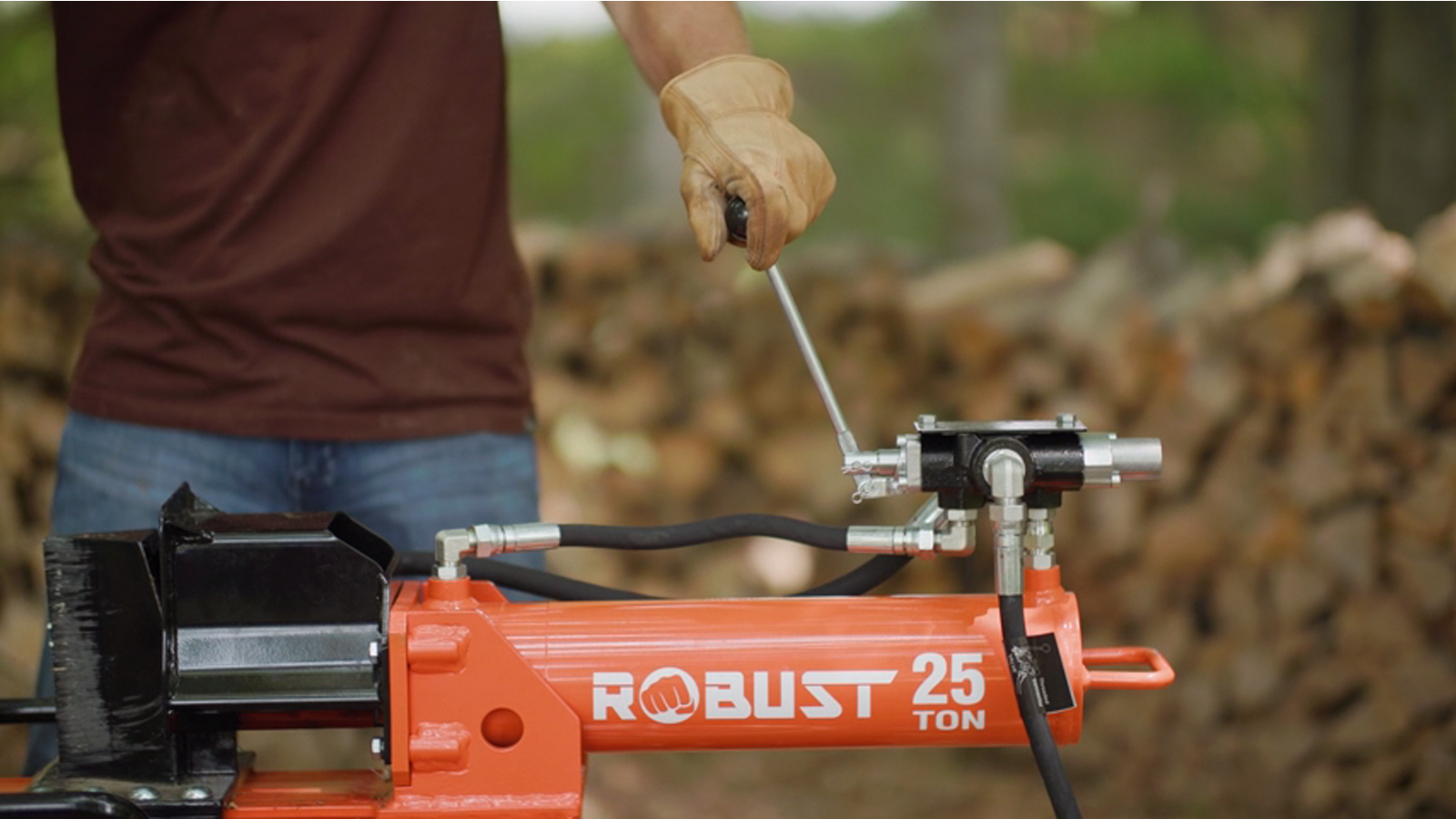
Personal Protective Equipment
You should always wear the right safety gear before you start wood splitting. Safety glasses protect your eyes from flying chips. Heavy-duty gloves keep your hands safe from splinters and sharp edges. Steel-toed boots give your feet extra protection if a log drops. Ear protection helps if your log splitter is loud. You might not think you need all this, but accidents can happen fast. Good safety gear and precautions make a big difference.
Tip: Never skip your safety gear, even for quick firewood preparation. One small mistake can lead to a big injury.
Proper Clothing
Choose clothing that fits well and covers your arms and legs. Loose clothes can get caught in moving parts. Tuck in your shirt and tie back long hair. Avoid jewelry or anything that dangles. You want to move freely but stay safe. Dress for the weather, but always put safety first. Proper safety precautions start with what you wear.
Work Area Setup
A safe work area helps you avoid accidents. Keep your space clean and free of clutter. Remove sticks, tools, and debris from the ground. Place your log splitter on a flat, solid surface. Lock the wheels so the machine stays in place. Make sure you have enough room to move around. Studies show that organized work areas lead to fewer injuries and safer wood splitting. Logging crews who set up their space each day see better results and fewer accidents. A positive safety climate starts with a tidy, hazard-free work zone.
Remember: A clean and stable work area is just as important as the machine itself.
When you follow these safety precautions, you set yourself up for a smooth and safe wood splitting session.
How to Use a Log Splitter
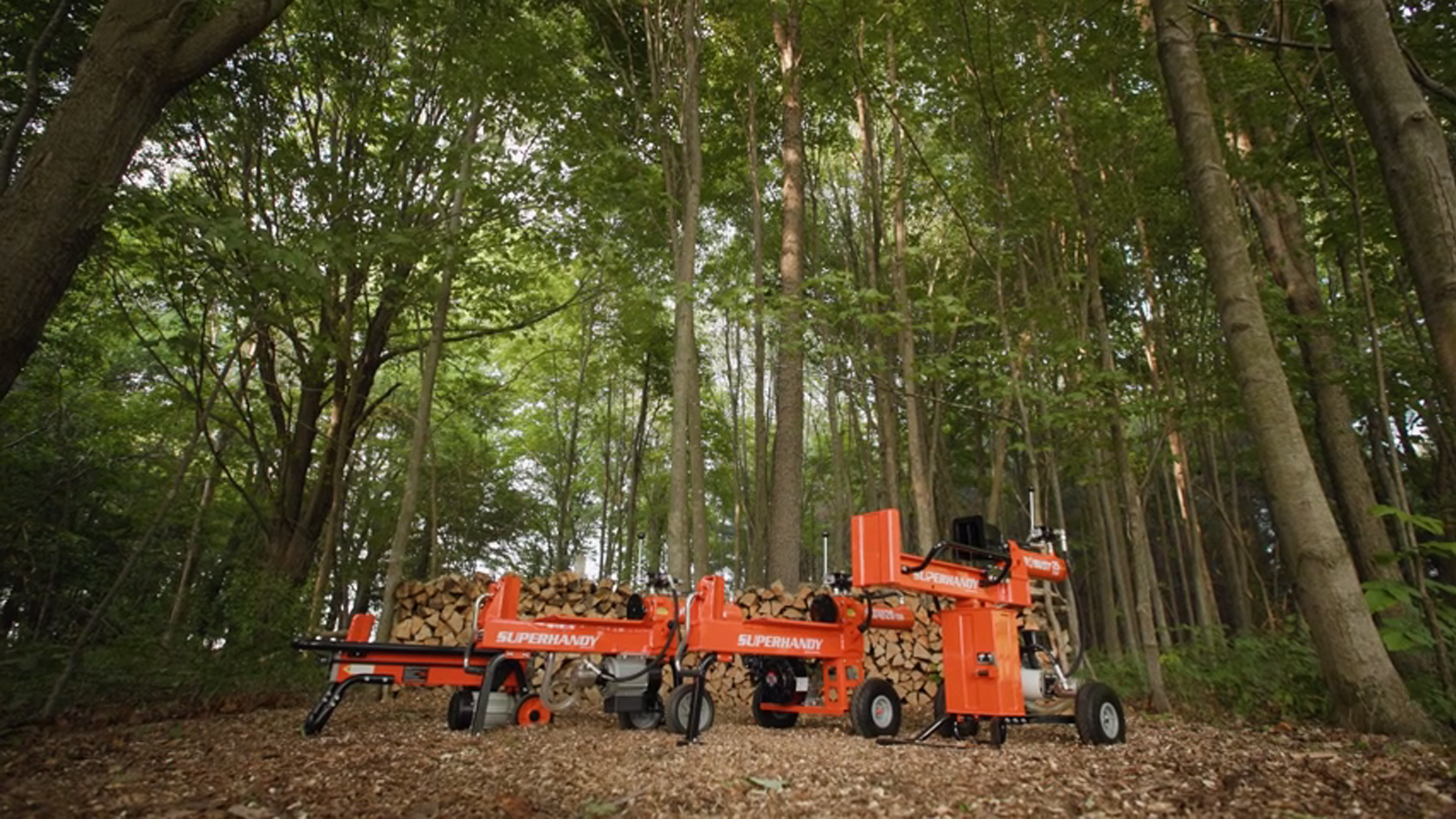
Learning how to use a log splitter safely makes your firewood preparation much easier and keeps you out of harm’s way. Even if you feel confident, always start with the basics. Here’s a step-by-step guide to help you master safe wood splitting.
Preparing the Machine
Before you start, you need to get your log splitter ready. This step is important for your safety and for the life of your machine.
-
Read the user manual. Even if you have used other machines, each log splitter has its own instructions and safety tips.
-
Inspect the log splitter for any damage or loose parts. Check the blades, hydraulic hoses, and safety guards.
-
Make sure the log splitter sits on a flat, stable surface. This helps prevent tipping or sliding during use.
-
Wear your safety gear. Put on safety glasses, gloves, and steel-toed boots. If you use a gas-powered log splitter, add ear protection.
-
Keep your hands, fingers, loose clothing, long hair, and jewelry away from moving parts.
-
Confirm all guards and safety features are in place and working.
-
Remove any debris or tools from the work area. A clean space helps you avoid tripping or accidents.
-
Never try to fix or adjust the machine while it is running. Always turn it off and unplug or de-energize it first.
Tip: Training helps a lot. If you are new to using a log splitter, ask someone experienced to show you the basics.
Log Positioning
Good log positioning and splitting techniques make a big difference in safety and results. Here’s what you need to do:
-
Inspect each log before you split it. Look for cracks, knots, or odd shapes. These can cause the log to split in unexpected ways.
-
Place only one log at a time on the splitter. Never stack logs or try to split more than one at once.
-
Set the log firmly against the wedge or plate, following the instructions in your manual.
-
Keep your hands and fingers away from the splitting zone. Use both hands to control the log splitter if your model requires it.
-
Never use a hammer or any tool to force a log into place. If a log does not fit, choose a different one or adjust your setup.
Note: Logs that are too large or oddly shaped can jam the machine or cause dangerous kickback. Always follow the size limits in your manual.
Using Controls
Operating the log splitter safely means knowing your controls and using them the right way.
-
Stand in the operator’s zone as described in your manual. Never reach over or around the machine.
-
Make sure no one else is within 20 feet of the log splitter. Keep pets and children far away.
-
Use a two-handed grip if your machine requires it. This keeps your hands clear of moving parts.
-
Block the machine to prevent it from moving. Lock it in the correct position—horizontal or vertical—before you start.
-
Only activate the controls when the log is in place and your hands are clear.
-
Know how to stop and disengage the machine quickly. Practice this before you start splitting logs.
-
Never leave the log splitter running unattended.
Safety Alert: If you ever feel unsure about a control or function, stop and check the manual. It’s better to pause than to risk an accident.
Handling Split Wood
Once you finish splitting a log, you need to handle the split wood safely.
-
Remove split logs from the work area right away. This keeps your space clear and prevents tripping.
-
Stack split wood neatly away from the log splitter. Don’t let pieces pile up near your feet.
-
Watch for sharp edges and splinters. Wear gloves when moving split wood.
-
If a log gets stuck, turn off the log splitter before trying to remove it. Never use your hands to clear jams while the machine is running.
Remember: Keeping your work area organized helps you avoid injuries and makes wood splitting faster.
Step-by-Step Safe Operation Checklist
Here’s a quick checklist to follow every time you use a log splitter:
-
Read the manual and follow all instructions.
-
Wear all recommended safety gear.
-
Inspect the machine and work area.
-
Place one log at a time, using proper log positioning and splitting techniques.
-
Use the controls as directed, keeping hands clear.
-
Remove split wood and keep your area tidy.
-
Never rush or take shortcuts.
By following these steps, you lower your risk of injury and make firewood preparation safer and more efficient. Always remember, using a log splitter the right way protects you and everyone around you.
Safety Instructions and Mistakes
What to Avoid
When you use a log splitter, you need to watch out for some common mistakes. These can lead to accidents or damage your machine. Here are things you should always avoid:
-
Wearing loose clothing or jewelry that can get caught in moving parts.
-
Trying to split more than one log at a time.
-
Leaving the log splitter running while you walk away.
-
Ignoring low hydraulic fluid levels. This can cause pressure loss and make the machine fail.
-
Skipping regular checks for leaks in hoses or seals. Leaks can slow down your log splitter or make it stop working.
-
Using old or unsafe models, like auger-type splitters made before 1988. These often lack safety features and have caused serious injuries.
-
Not listening to strange noises from your log splitter. Sounds like knocking or hissing can mean something is wrong inside.
-
Pushing your machine past its limits. Never go over the recommended pressure, usually 3000 psi.
Tip: Always follow safety instructions and never use a log splitter without proper safety precautions.
Preventing Injuries
You can prevent most injuries by staying alert and following a few simple rules. Always wear your safety gear, like gloves, boots, and eye protection. Keep your work area clean and free of clutter. Only use your log splitter for wood splitting—never for anything else. Make sure you use both hands if your machine requires it. This keeps your hands away from danger. Take breaks to avoid getting tired, which can lead to mistakes.
|
Do This |
Not This |
|---|---|
|
Wear fitted clothes |
Wear loose clothing |
|
Split one log at a time |
Stack multiple logs |
|
Check fluid levels often |
Ignore maintenance |
|
Listen for odd noises |
Ignore warning signs |
Emergency Steps
Sometimes, accidents happen even when you are careful. If you or someone else gets hurt, act fast:
-
Turn off the log splitter right away. Unplug it or shut off the engine.
-
Move away from the machine to a safe spot.
-
If someone is bleeding, use a clean cloth to press on the wound.
-
For serious injuries, call 911 or emergency services.
-
If you see a fire or smoke, use a fire extinguisher if you can do so safely.
-
Never try to fix a jam or problem while the log splitter is running.
Remember: Quick action and knowing basic first aid can make a big difference in an emergency.
Maintenance for Safety
Regular Checks
You want your log splitter to work well every time you use it. Regular checks help you spot problems early. Start by looking at the hydraulic fluid. If the fluid is low, your machine might shake or lose power. Check the hoses and seals for leaks or cracks. Wipe off any dirt or wood chips from the machine after each use. Clean parts last longer and work better. Look at the wedge and make sure it is sharp and not bent. Tighten any loose bolts or nuts. These simple steps keep your log splitter safe and ready for action.
Tip: Make a checklist for your regular maintenance. It helps you remember what to look for each time.
Safe Storage
Storing your log splitter the right way keeps it in good shape. Always turn off the machine and unplug it if it is electric. For gas models, shut off the fuel valve. Store your log splitter in a dry place, like a shed or garage. Cover it with a tarp to keep out dust and moisture. Keep it away from children and pets. If you store it outside, raise it off the ground to stop rust. Lock the wheels so it does not roll away. Safe storage means your log splitter will last longer and work better.
Troubleshooting
Sometimes, your log splitter might not work as it should. Here are some steps you can follow to fix common problems and stay safe:
-
Check the hydraulic oil level. Low oil can make the machine shake.
-
If the oil is full but it still shakes, bleed air from the oil lines. Open the bleed valve and move the pressure plate back and forth.
-
Look at the hydraulic lines and seals. If you see leaks or worn spots, fix them before using the machine again.
-
Cold weather can make the oil thick. Let the machine warm up before you start splitting wood.
-
Make sure shipping plugs are in the right place. If not, disconnect the hoses and put the plugs in correctly.
-
If the ram does not return, the piston nut might be loose. Hold the valve open and push the ram back, but call a pro to fix the nut.
-
If you cannot fix the problem or feel unsure, ask a professional for help.
Note: Never try to fix jams or leaks while the log splitter is running. Always turn it off first.
These steps help you handle most issues safely and keep your log splitter running strong.
You now know the basics of log splitter safety. Here’s a quick recap:
-
Always wear your safety gear.
-
Read and follow your user manual.
-
Keep your work area clean and organized.
-
Use the log splitter as intended—never take shortcuts.
Safe habits protect you and make splitting wood easier. Take a moment to check your gear and review the manual before each job. When you put safety first, you set yourself up for success every time. 👍
FAQ
What should you do if your log gets stuck in the splitter?
Turn off the log splitter first. Unplug it or shut off the engine. Never use your hands to pull out a stuck log. Use a wooden stick or tool to push it free.
Can you use a log splitter in the rain?
You should not use a log splitter in wet weather. Water can make the machine slippery and unsafe. Wait for dry conditions to split wood. This keeps you safe and protects your equipment.
How often should you check the hydraulic fluid?
Check the hydraulic fluid before every use. Low fluid can cause the log splitter to lose power or break. Keeping the fluid at the right level helps your machine work better and last longer.


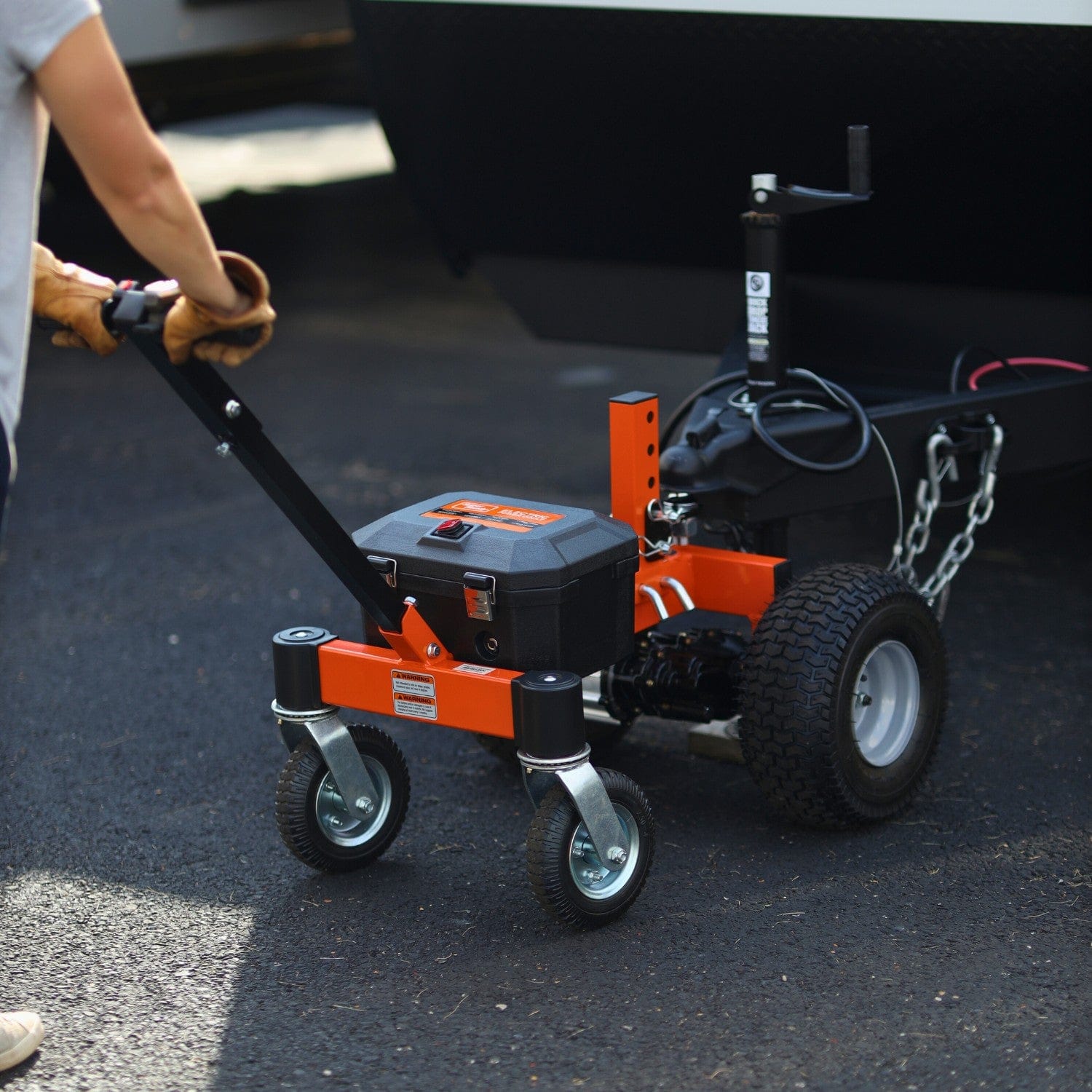
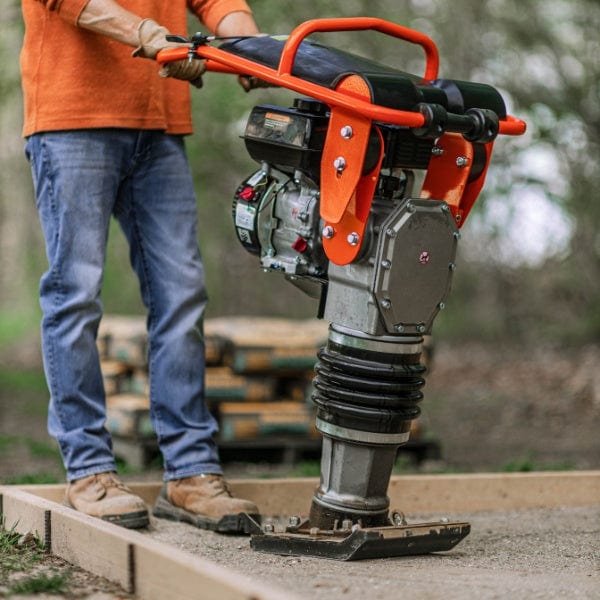
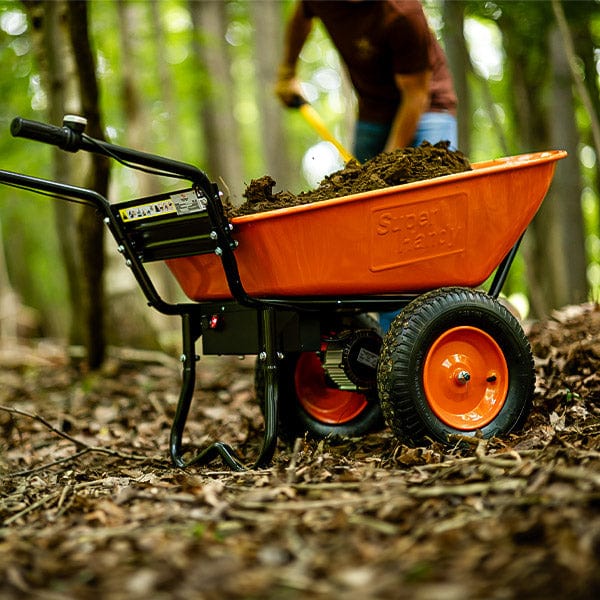



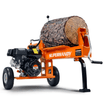

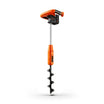
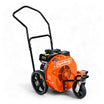
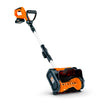
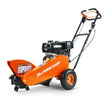
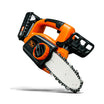
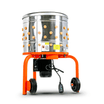
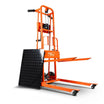
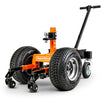
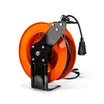
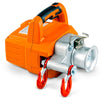
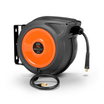
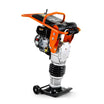
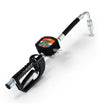
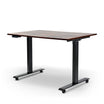
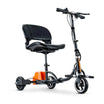
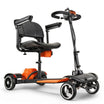
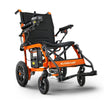


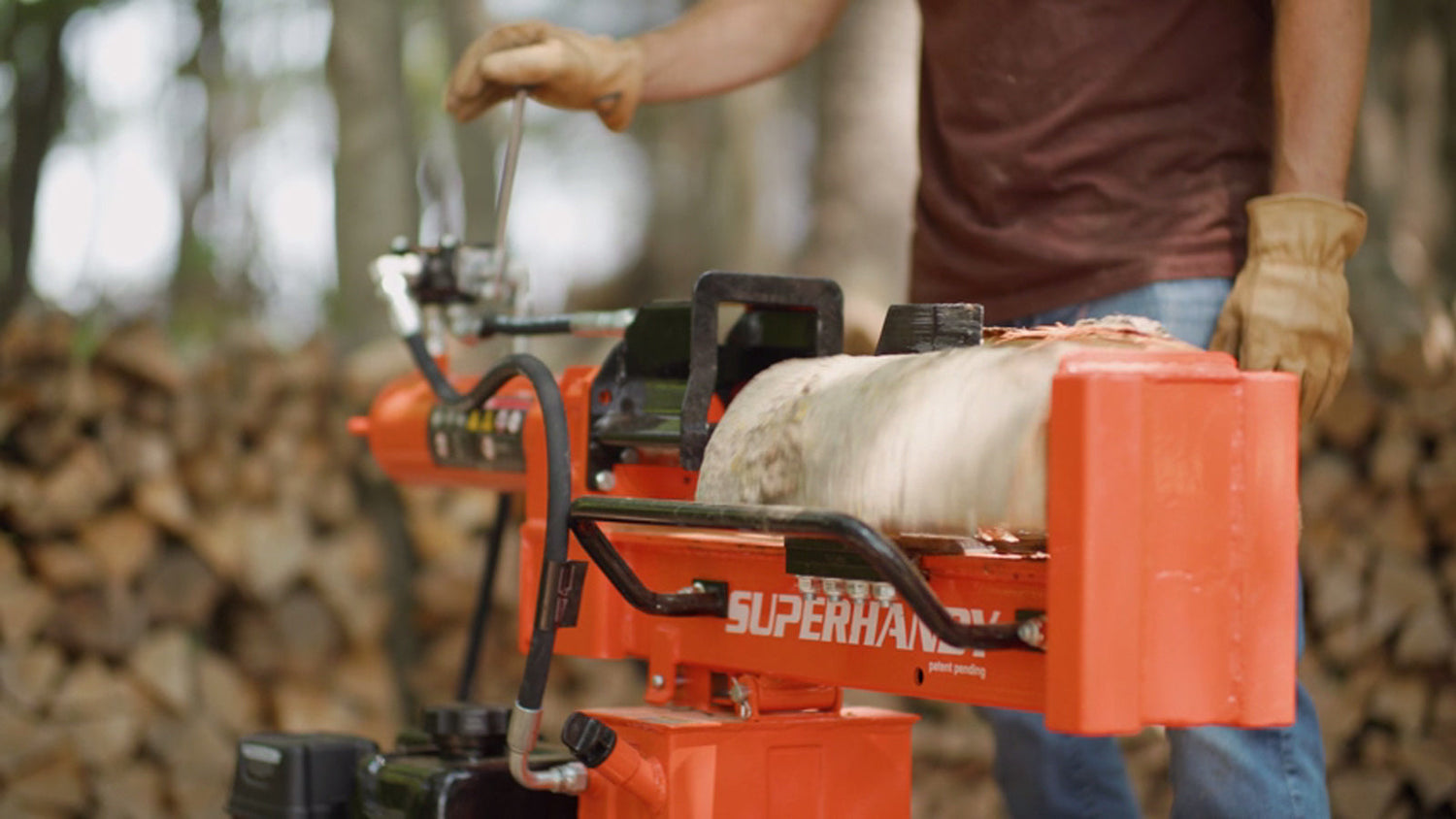
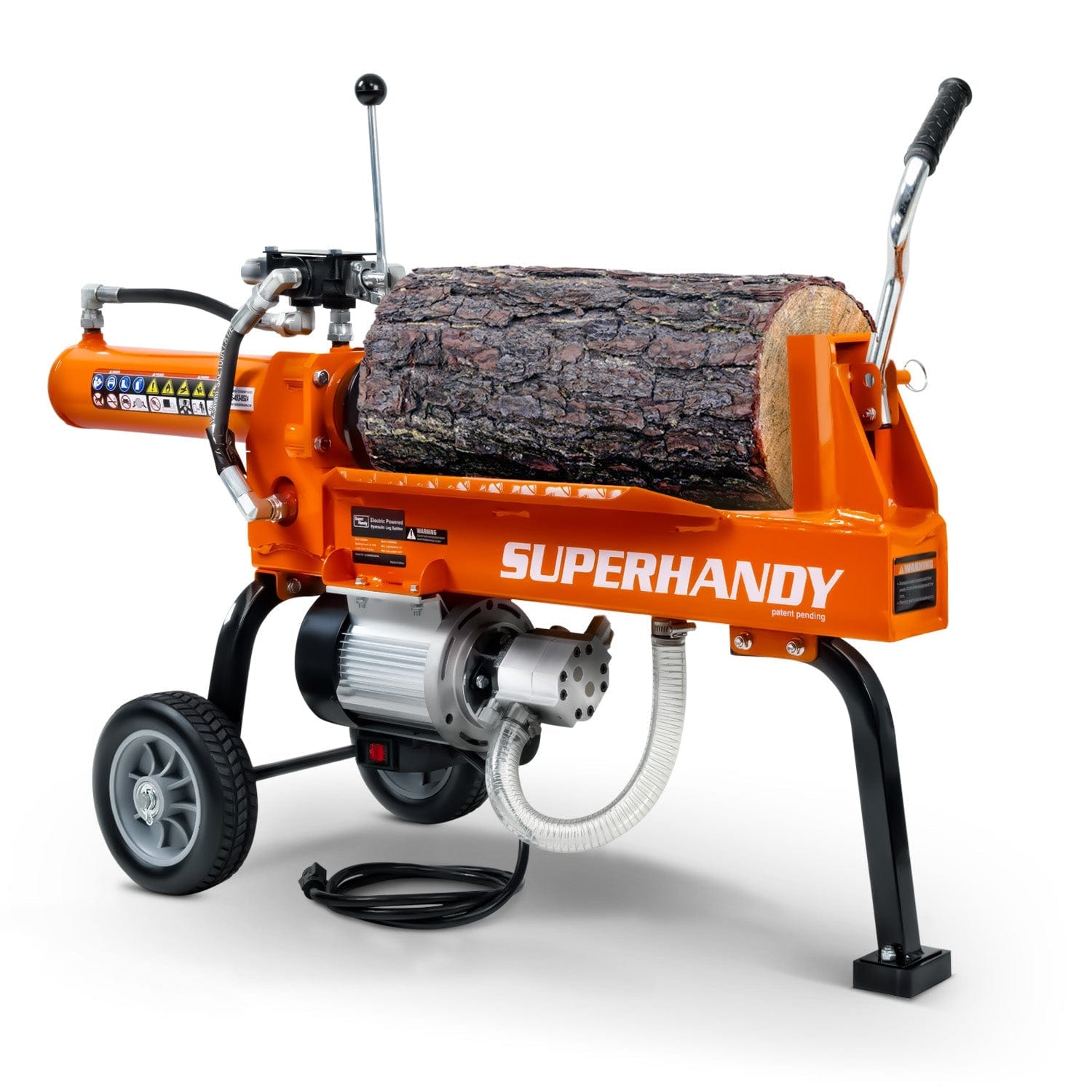
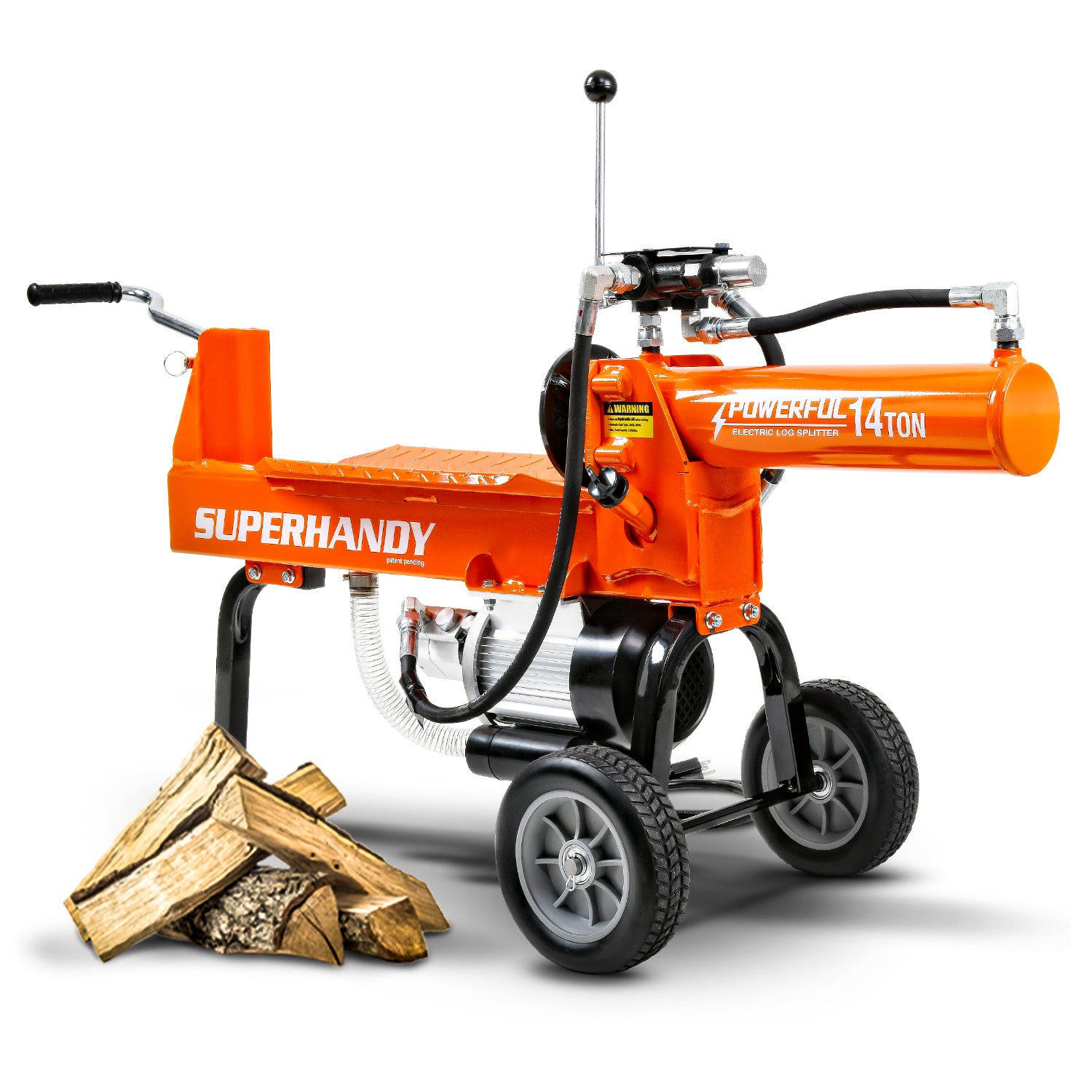
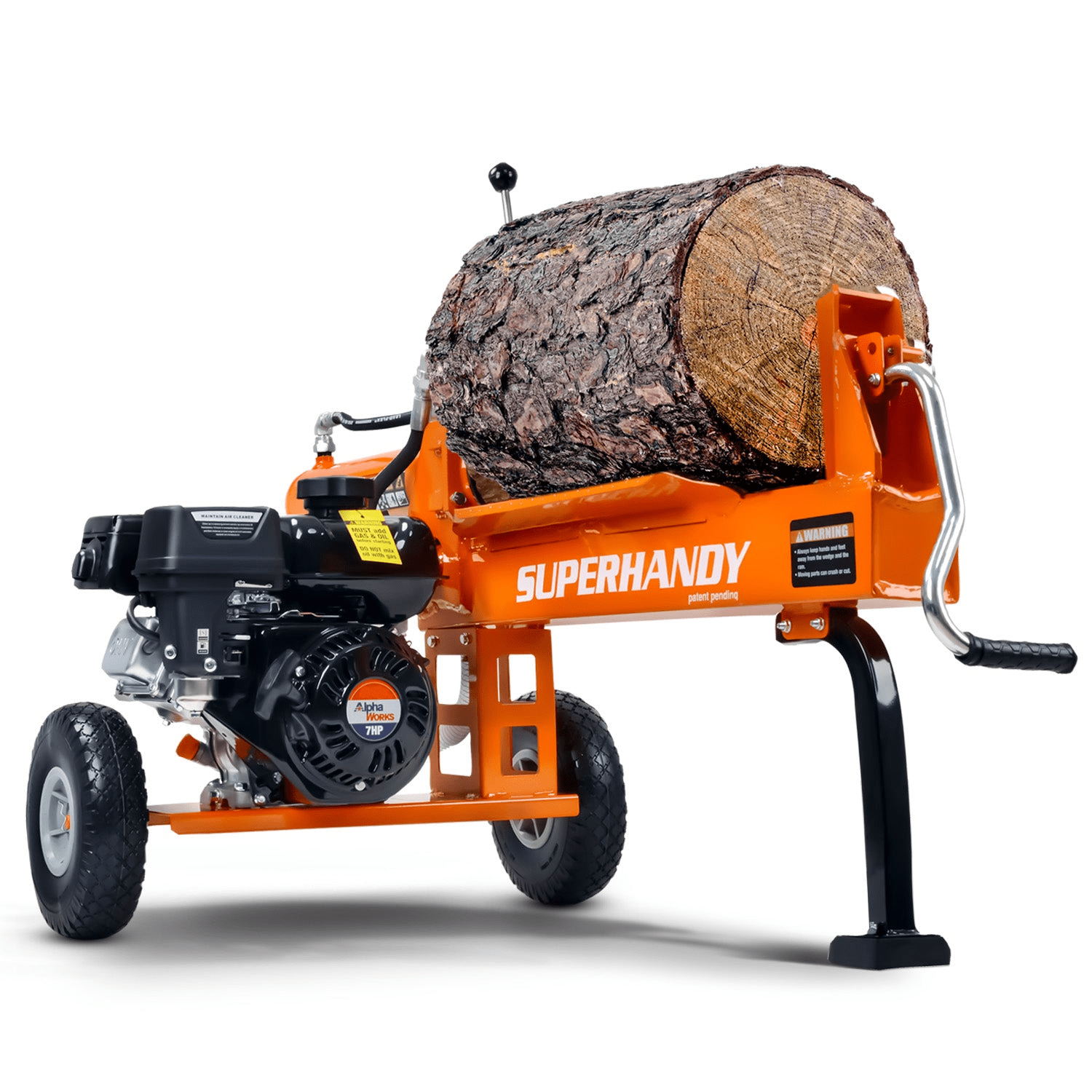
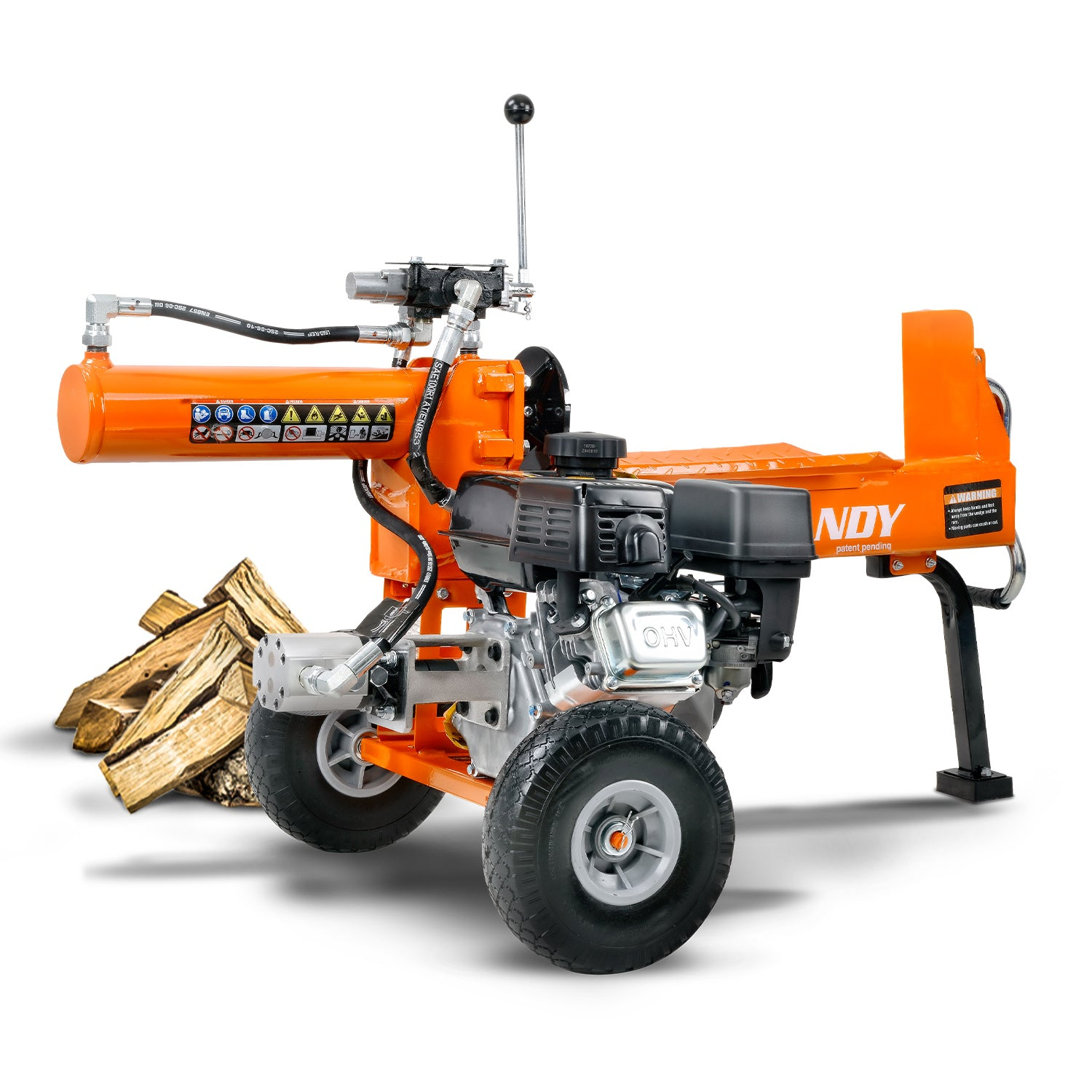
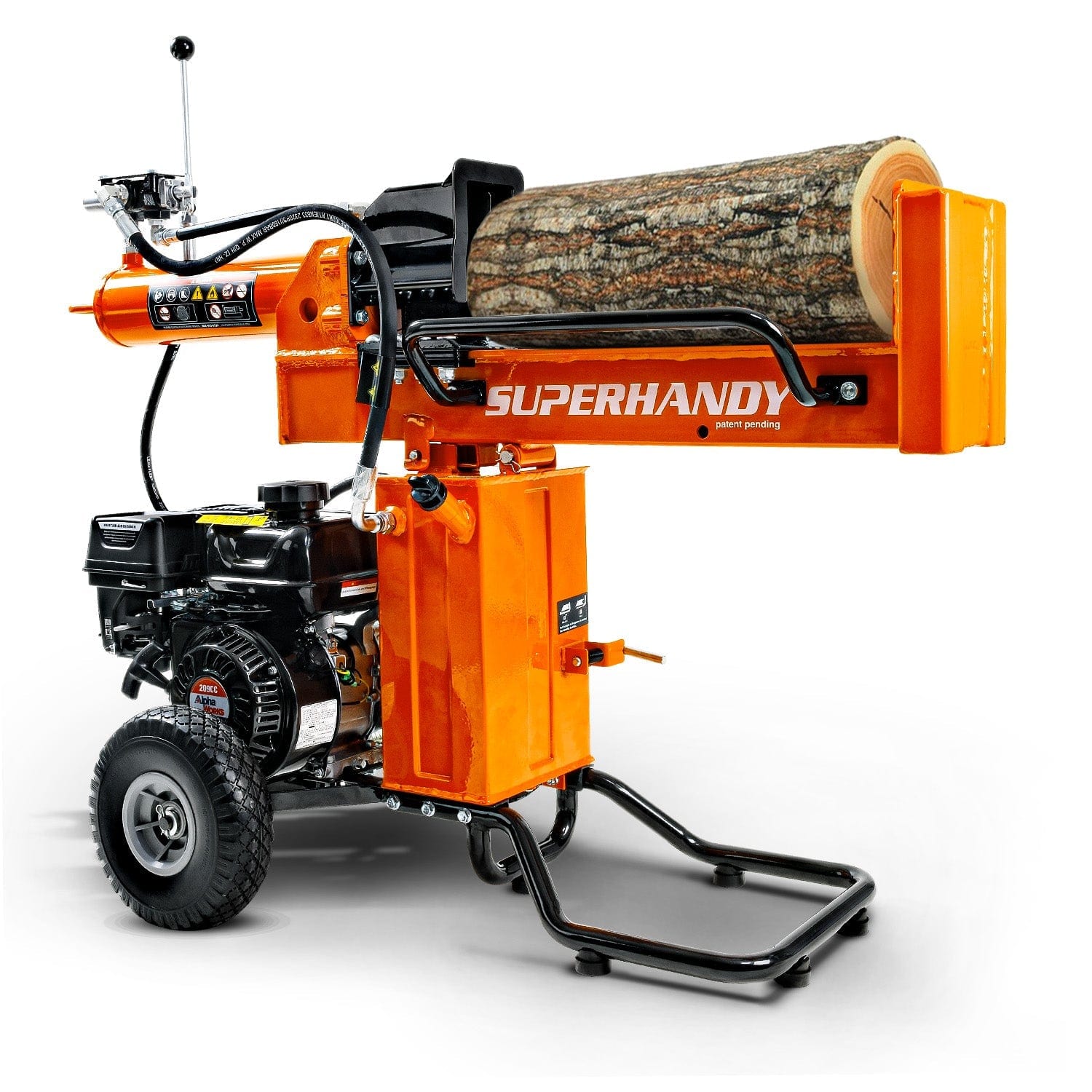
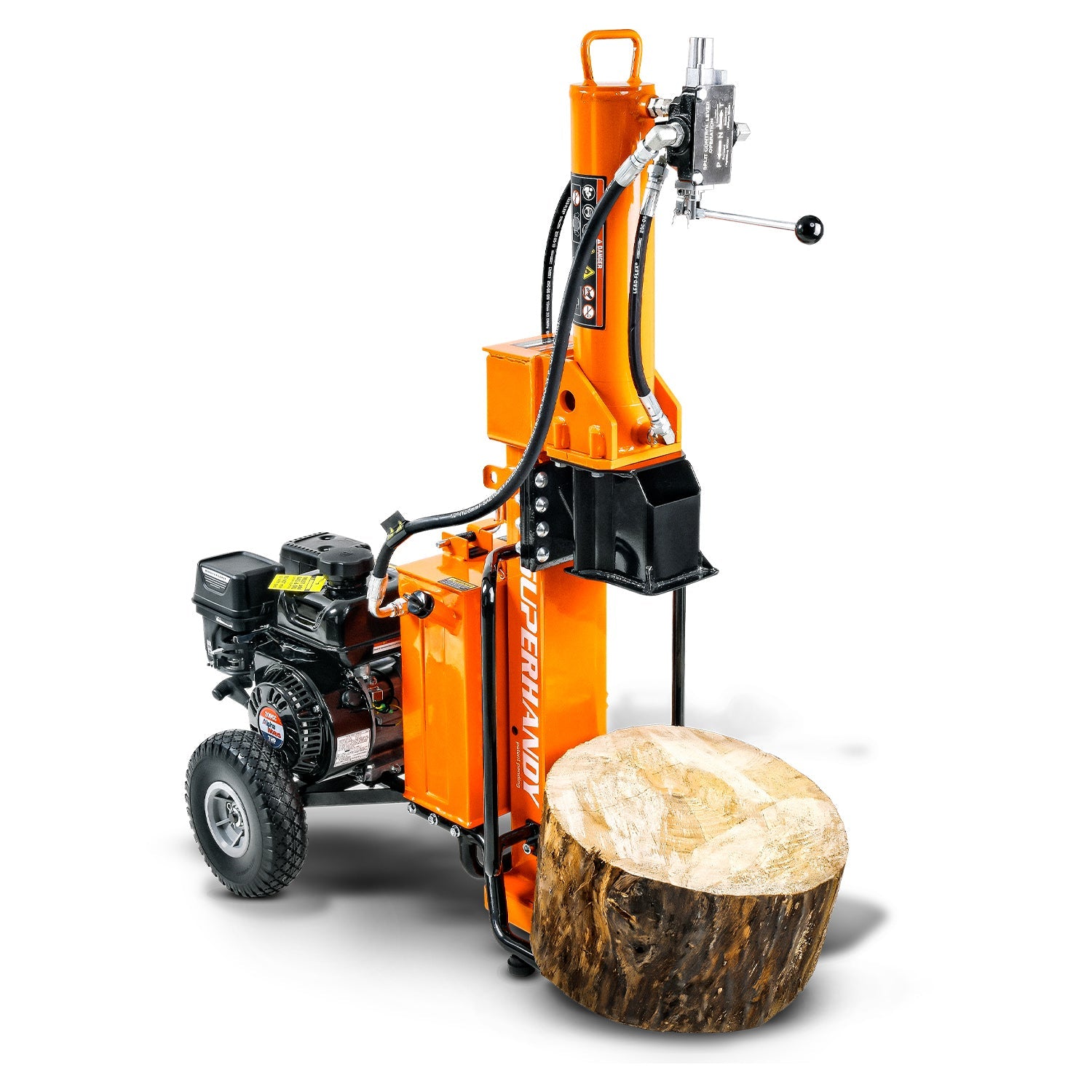
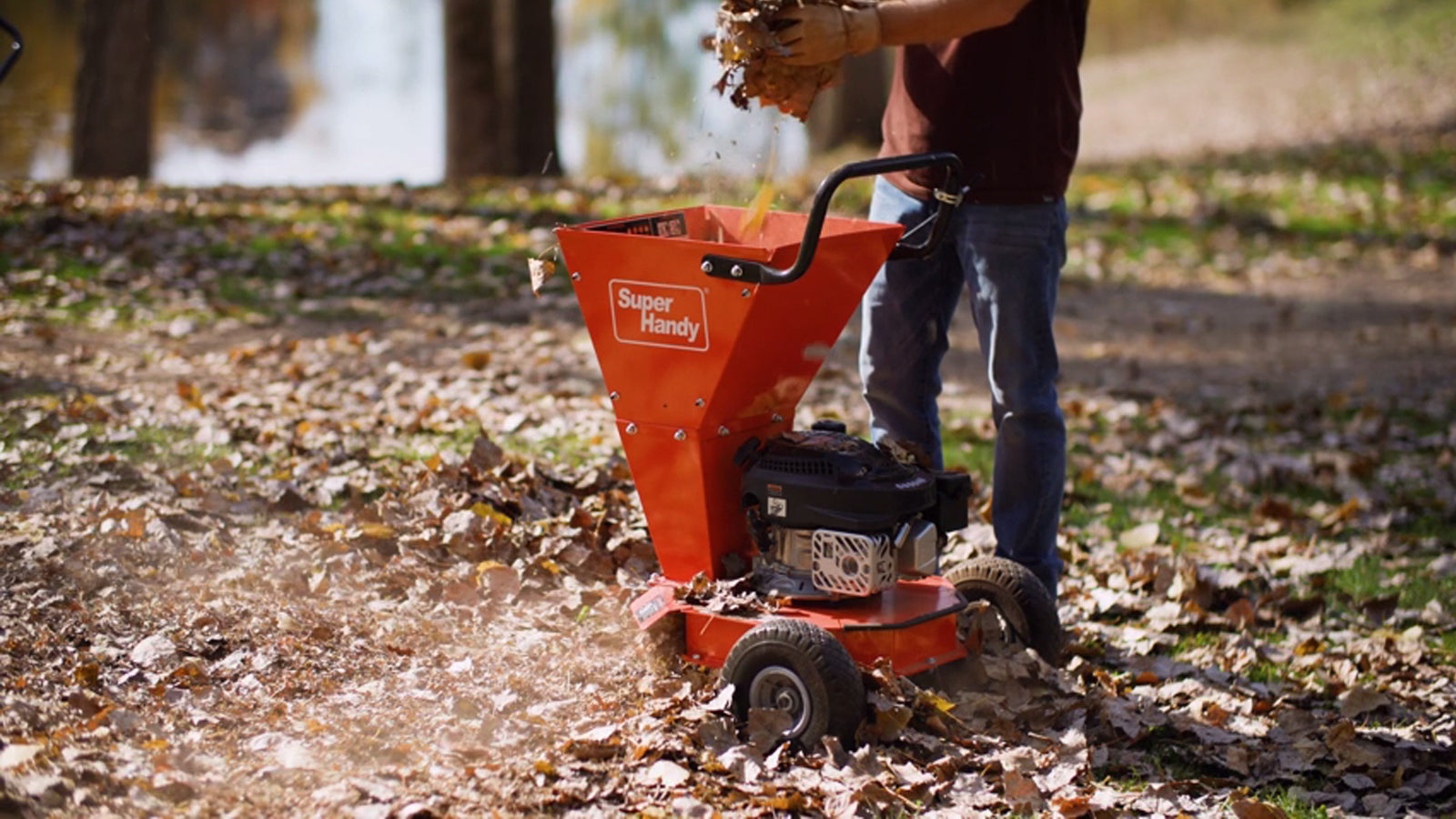

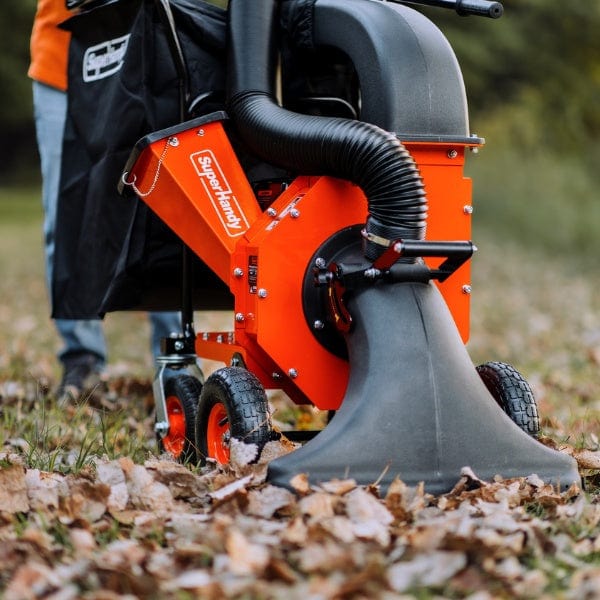
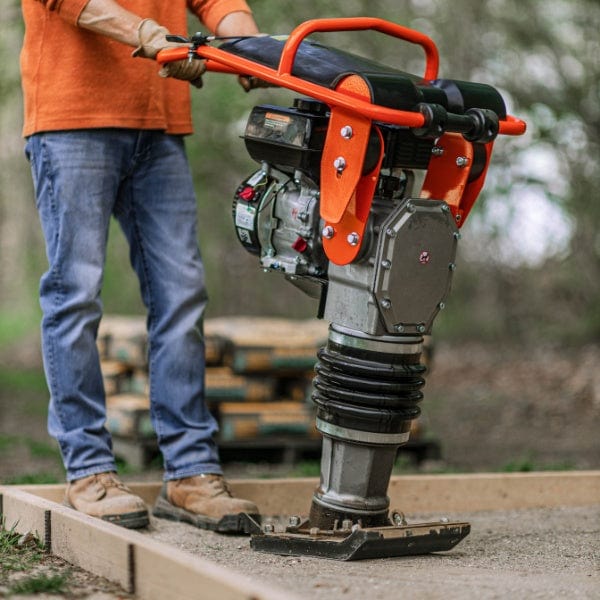

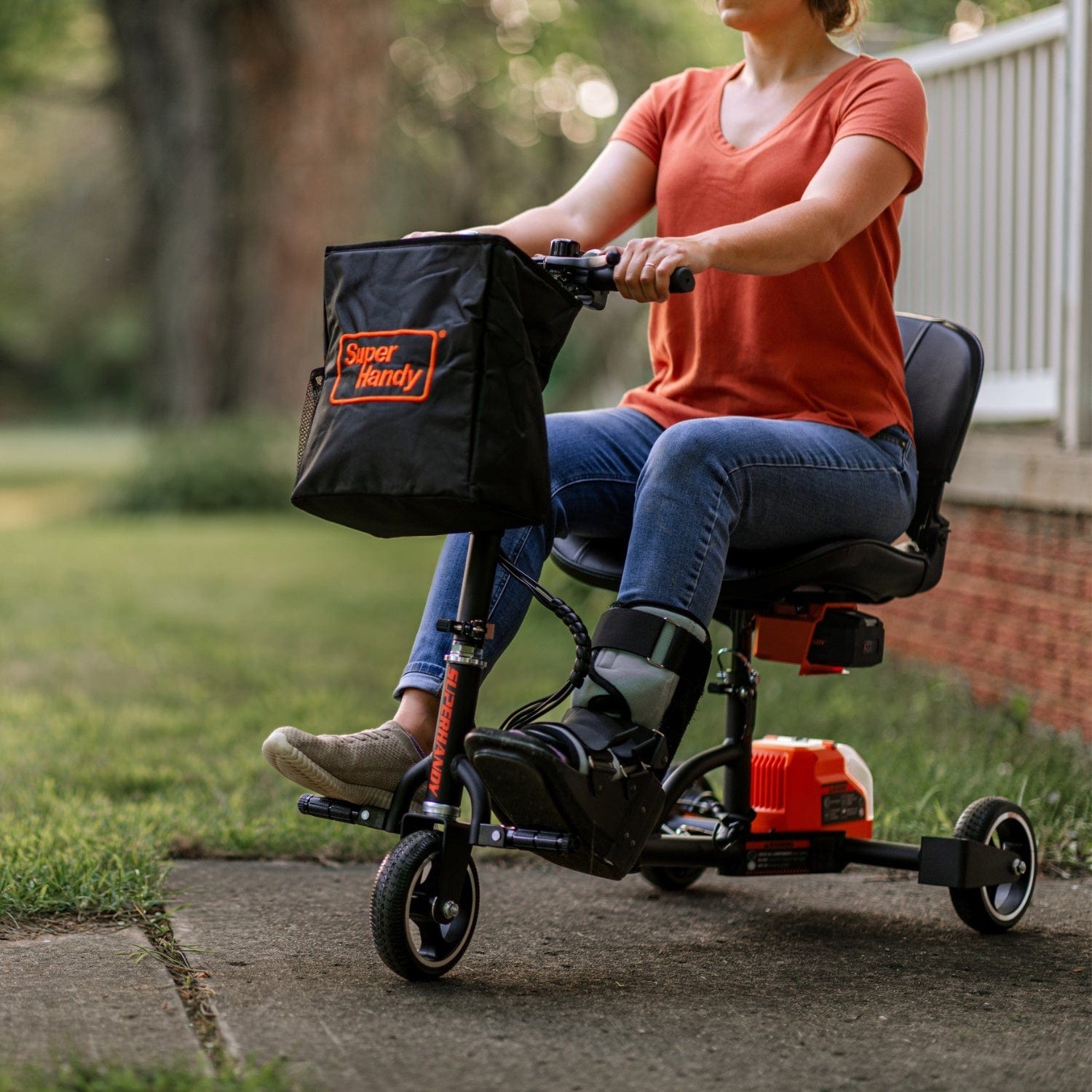
Leave a comment
All comments are moderated before being published.
This site is protected by hCaptcha and the hCaptcha Privacy Policy and Terms of Service apply.